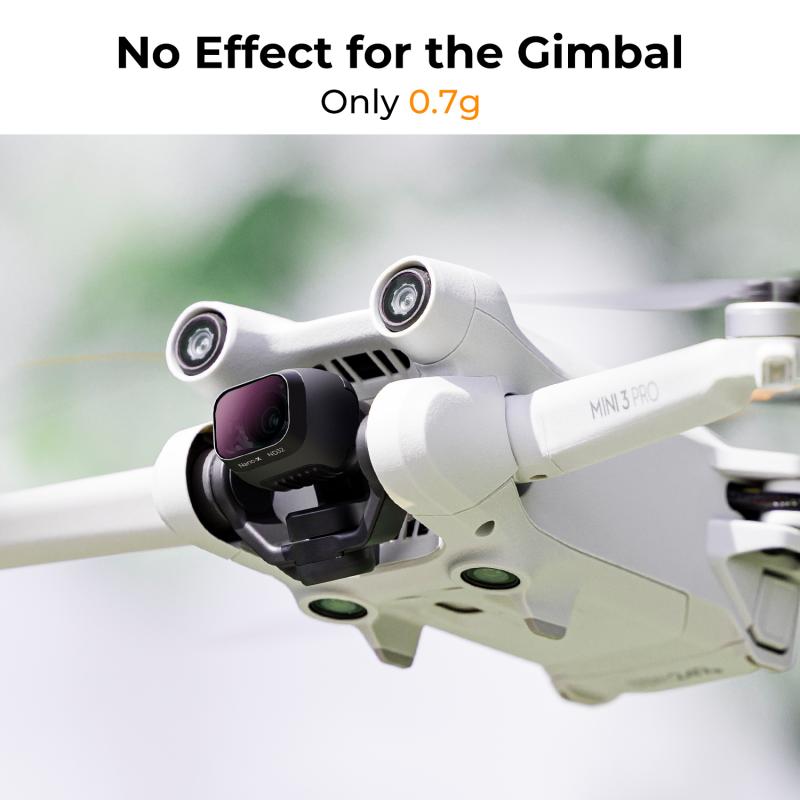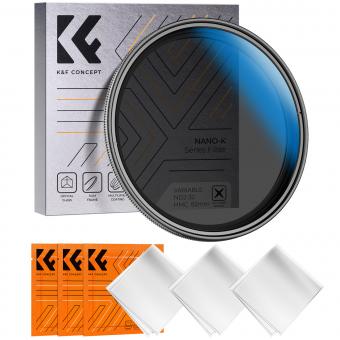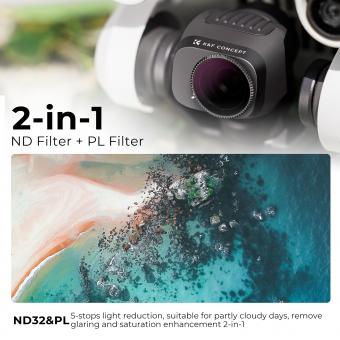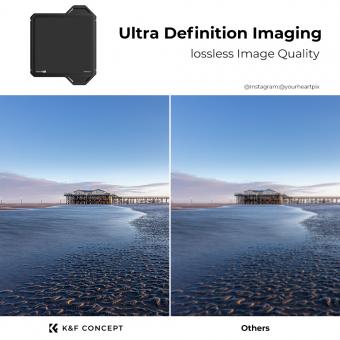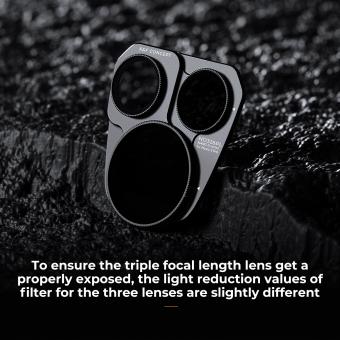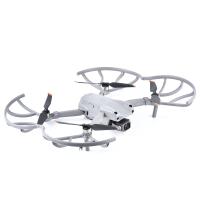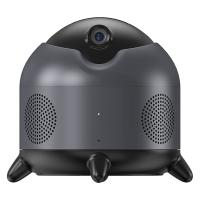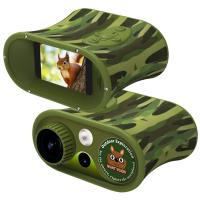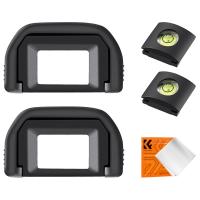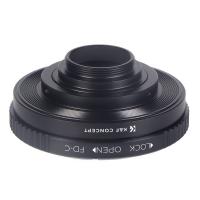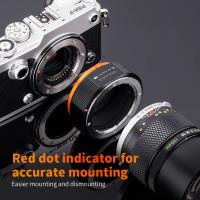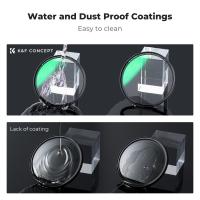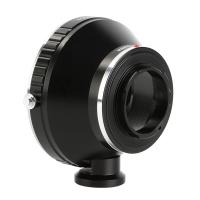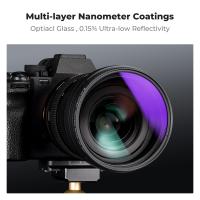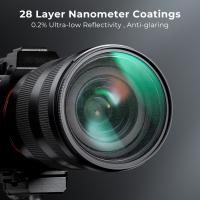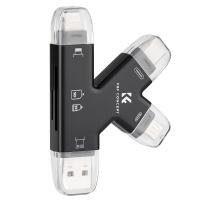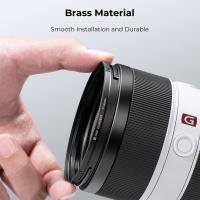Nd32 Filter How Many Stops ?
A ND32 filter typically reduces the amount of light entering the camera by 5 stops.
1、 ND32 filter: Definition and Purpose
An ND32 filter is a type of neutral density filter that reduces the amount of light entering the camera by 5 stops. It is commonly used in photography and videography to achieve certain creative effects or to overcome challenging lighting conditions.
The purpose of an ND32 filter is to allow photographers and videographers to control the exposure of their images or videos. By reducing the amount of light that reaches the camera's sensor, an ND32 filter enables the use of longer shutter speeds or wider apertures, even in bright lighting conditions. This is particularly useful in situations where a photographer wants to capture motion blur, such as in flowing water or moving clouds, or when shooting with a shallow depth of field in bright sunlight.
The ND32 filter is especially popular for landscape photography, as it allows photographers to capture long-exposure shots during the daytime, resulting in smooth and ethereal images. It can also be used in other genres of photography, such as portrait or street photography, to achieve a shallow depth of field in bright lighting conditions.
It is important to note that the number of stops reduced by an ND32 filter may vary slightly depending on the brand and quality of the filter. Some filters may reduce the light by slightly more or less than 5 stops. Therefore, it is always recommended to test the filter before using it in critical situations.
In conclusion, an ND32 filter reduces the amount of light entering the camera by 5 stops, allowing photographers and videographers to have more control over their exposure settings. It is a valuable tool for achieving creative effects and overcoming challenging lighting conditions in various genres of photography.
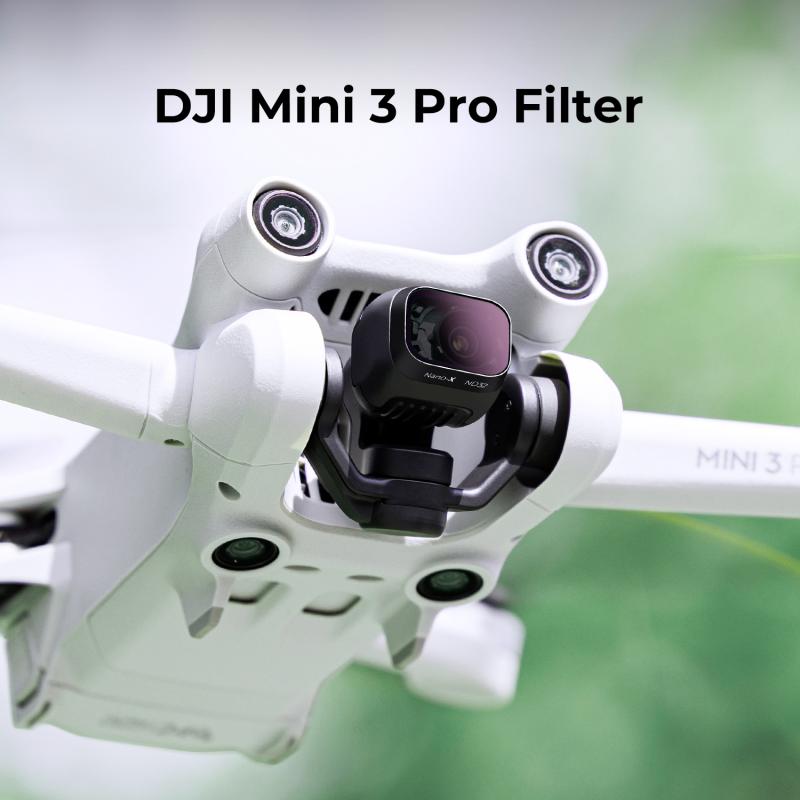
2、 Stops in Photography: Understanding the Concept
The concept of stops in photography refers to the measurement of light. It is used to determine the amount of light that enters the camera and affects the exposure of the image. Stops are used to control the exposure by adjusting the aperture, shutter speed, or ISO settings.
In photography, a stop is a doubling or halving of the amount of light. For example, if you increase the exposure by one stop, you are doubling the amount of light that enters the camera. Conversely, if you decrease the exposure by one stop, you are halving the amount of light.
Now, coming to the question of how many stops does an nd32 filter provide, it is important to note that the nd32 filter is a neutral density filter that reduces the amount of light entering the camera by 5 stops. This means that when you use an nd32 filter, you are reducing the amount of light by a factor of 32 (2^5).
Neutral density filters like the nd32 are commonly used in photography to achieve longer exposures, especially in bright conditions. They are also used to create motion blur effects or to achieve a shallow depth of field in bright light.
It is worth mentioning that the concept of stops in photography is not limited to just the nd32 filter. Different filters, such as nd2, nd4, nd8, etc., provide different levels of light reduction, which can be measured in stops.
In conclusion, an nd32 filter reduces the amount of light entering the camera by 5 stops. This allows photographers to have more control over the exposure and achieve creative effects in various lighting conditions.
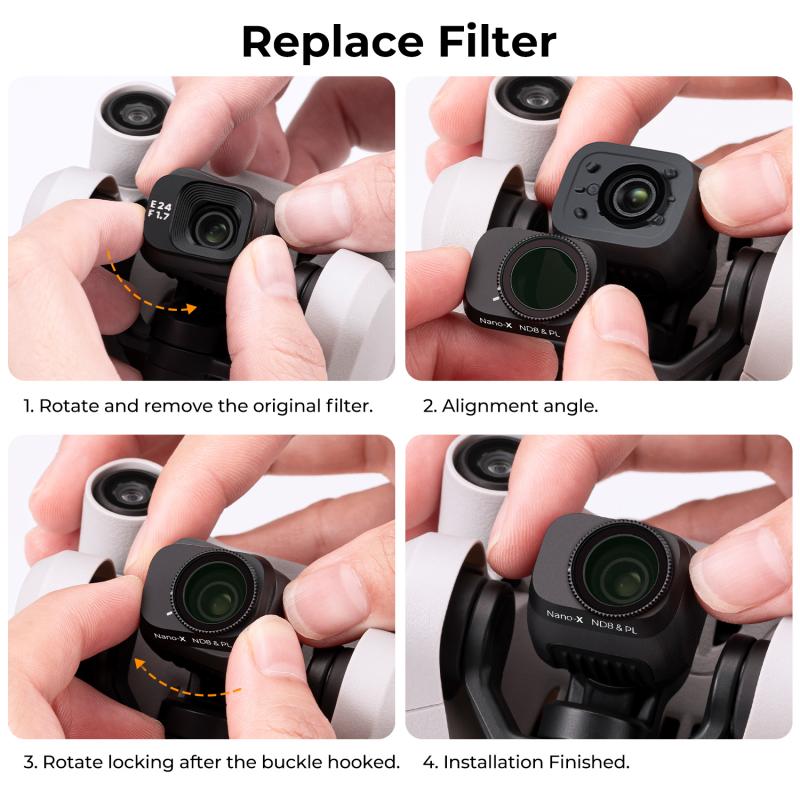
3、 ND Filters: Types and Their Stop Values
An ND32 filter reduces the amount of light entering the camera by 5 stops. ND filters, or neutral density filters, are essential tools for photographers and videographers to control the exposure and create stunning visual effects. They are particularly useful in situations where there is too much light, such as bright sunny days or when shooting long exposures.
ND filters come in various strengths, measured in stops. The higher the number of stops, the darker the filter and the more light it blocks. An ND32 filter is considered a strong filter, as it reduces the light by 5 stops. This means that it allows only 1/32th of the original light to pass through the lens.
Using an ND32 filter can be beneficial in several scenarios. For example, when shooting landscapes on a bright sunny day, the filter helps to reduce the amount of light entering the camera, allowing for longer exposures and capturing motion blur in water or clouds. It also enables the use of wider apertures in bright conditions, creating a shallow depth of field.
It is important to note that the choice of ND filter strength depends on the specific shooting conditions and desired effect. For instance, a lighter ND8 filter (3 stops) may be sufficient for slightly reducing the light in less intense lighting situations. On the other hand, a stronger ND1000 filter (10 stops) is commonly used for extremely long exposures or when shooting in very bright conditions.
In conclusion, an ND32 filter reduces the light entering the camera by 5 stops, making it a powerful tool for controlling exposure and creating artistic effects in photography and videography.
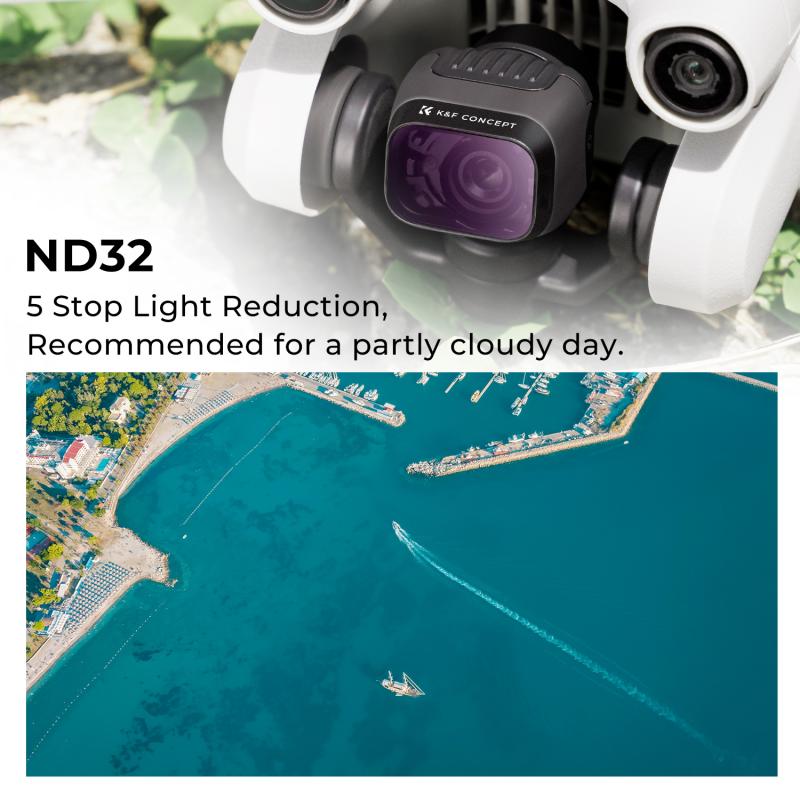
4、 Calculating Stops with an ND32 Filter
Calculating Stops with an ND32 Filter
An ND32 filter is a popular tool used by photographers to control the amount of light entering the camera lens. It is commonly used in situations where there is too much light, such as bright sunny days or when shooting long exposures. The ND32 filter reduces the amount of light that reaches the camera's sensor, allowing for longer shutter speeds and wider apertures.
To calculate the number of stops that an ND32 filter provides, we need to understand the concept of stops in photography. A stop is a unit of measurement that represents a doubling or halving of the amount of light. Each stop either doubles or halves the amount of light reaching the sensor.
In the case of an ND32 filter, it reduces the amount of light entering the lens by 5 stops. This means that with the filter attached, you need to increase your exposure settings by 5 stops to compensate for the reduced light. For example, if you were shooting at f/8 and 1/1000th of a second without the filter, you would need to adjust your settings to f/8 and 1/30th of a second with the ND32 filter attached.
It's important to note that the number of stops provided by an ND filter is not an exact science. Different manufacturers may have slight variations in the amount of light reduction, and factors such as lens quality and camera settings can also affect the final result. Therefore, it's always a good idea to test your ND32 filter in different lighting conditions and adjust your exposure settings accordingly.
In conclusion, an ND32 filter reduces the amount of light entering the camera lens by 5 stops. This allows photographers to have more control over their exposure settings, particularly in situations where there is excessive light. However, it's important to remember that the number of stops provided by an ND filter may vary slightly, and it's always best to test and adjust accordingly for optimal results.
